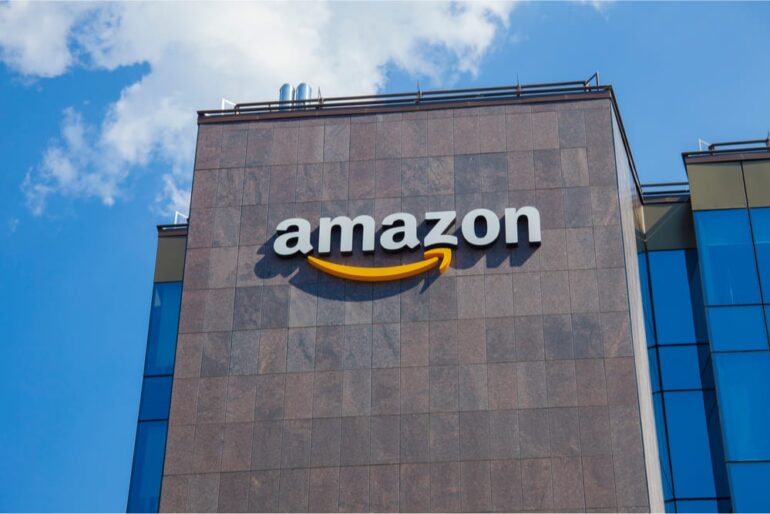- Amazon plans to invest $150 billion over 15 years in data center infrastructure.
- This investment aims to handle the anticipated surge in AI applications and digital services.
- The expansion reinforces Amazon’s dominance in the competitive cloud services market.
- Strategic acquisitions and partnerships, like Anthropic, underscore Amazon’s commitment to AI innovation.
- Investments in sustainable practices, such as carbon-neutral data centers, align with Amazon’s environmental goals.
Main AI News:
Amazon’s strategic move to invest a staggering $150 billion over the next 15 years into expanding its data center infrastructure has garnered significant attention. This substantial investment is poised to not only fortify the tech giant’s capabilities in managing the anticipated surge in artificial intelligence applications and digital services but also reinforce its dominance in the fiercely competitive cloud services market.
As reported earlier by Bloomberg, this spending spree underscores Amazon’s commitment to maintaining its leading position in cloud computing, where it currently commands approximately double the market share of its closest competitor, Microsoft. Kevin Miller, Vice President at Amazon Web Services (AWS), the company’s cloud computing subsidiary serving over 1.45 million businesses, emphasized the significance of this expansion in bolstering customer proximity.
With an eye on the future, Amazon has already allocated $148 billion in the past two years towards establishing and operating data centers across the globe, including in emerging regions such as Mississippi, Saudi Arabia, Malaysia, and Thailand. Moreover, the company plans to leverage these substantial funds to enhance existing server farm hubs, particularly in regions like Virginia and Oregon, which are known for their favorable energy costs and tax incentives.
In a recent strategic move, Amazon secured a site in northeast Pennsylvania, leveraging a nearby nuclear power plant to fuel a carbon-neutral data center. This investment aligns with the company’s environmental goals and underscores its commitment to sustainable practices. The acquisition, valued at $650 million, marks one of the largest commercial transactions in the United States this year.
Upon completion, the Pennsylvania data center campus is projected to possess immense capacity, equivalent to powering nearly 900,000 households or generating up to 960 megawatts of energy. Additionally, Amazon’s recent $10 billion acquisition of two data center campuses in Mississippi further underscores its commitment to expanding its infrastructure footprint.
While Amazon’s aggressive investment strategy in data centers outpaces its competitors, including Microsoft and Alphabet’s Google, the latter two have remained relatively tight-lipped about their server farm-related expenditures. Nonetheless, industry observers note that Amazon’s investments are driven by the growing demand for large-scale file storage and databases, fueled by the proliferation of digital technologies.
In its quest to rival industry leaders like OpenAI, Amazon has been actively developing its suite of AI tools. A recent $4 billion investment in rival Anthropic underscores the company’s commitment to advancing AI technologies. Through this partnership, Amazon aims to deploy future AI models on its proprietary Trainium and Inferentia chips, signaling a departure from conventional reliance on Nvidia’s chips.
Anthropic’s co-founders, Dario and Daniela Amodei, who previously held key positions at OpenAI, bring invaluable expertise to Amazon’s AI endeavors. Their insights, coupled with Amazon’s substantial investments, position the tech giant for continued innovation and leadership in the rapidly evolving AI landscape.
Conclusion:
Amazon’s massive investment in data centers and AI expansion signals its commitment to maintaining leadership in the cloud services market and driving innovation in artificial intelligence. This strategic move positions Amazon as a formidable player, poised to capitalize on the growing demand for digital services and sustainable solutions, thereby shaping the future landscape of the technology market.

